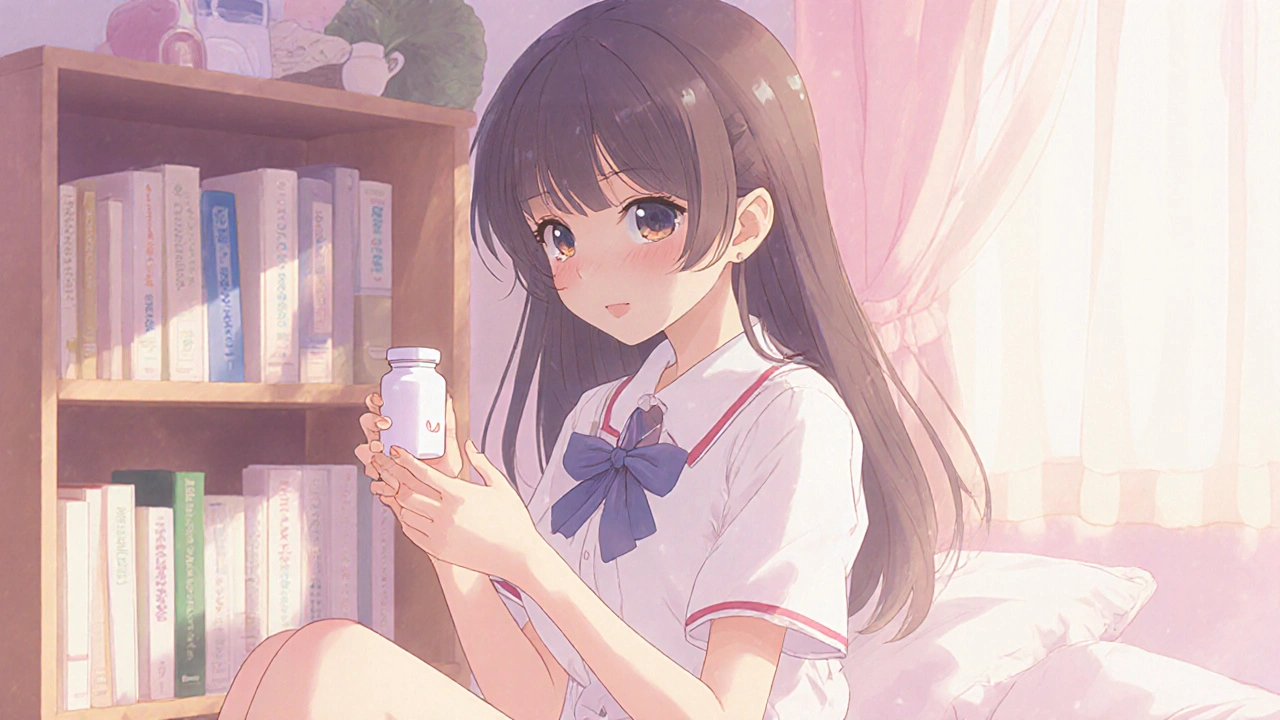Griseofulvin Treatment: What It Is, How It Works, and What Alternatives Exist
When you have a fungal infection that won’t quit—like ringworm on your skin or athlete’s foot that keeps coming back—you might hear your doctor mention griseofulvin, an oral antifungal medication used for stubborn skin and scalp fungal infections. Also known as Grifulvin, it’s one of the older drugs still in use today, especially for kids with scalp ringworm. Unlike topical creams that sit on the surface, griseofulvin works from the inside. It gets absorbed into your bloodstream, then travels to the keratin in your skin, hair, and nails—where fungi like to hide. Once there, it stops the fungus from growing by messing with its cell division. It doesn’t kill the fungus outright, but it stops it from spreading, letting your body’s natural defenses clean up the rest.
Griseofulvin treatment is most often used for tinea capitis, a fungal infection of the scalp that’s common in children, and sometimes for tinea unguium, fungal nail infections. It’s not your first choice for athlete’s foot or jock itch—that’s usually where topical antifungals like terbinafine or clotrimazole come in. But when the infection is deep in the hair follicles or nails, pills like griseofulvin are often the only way to reach it. The treatment usually lasts weeks to months, depending on how deep the fungus is. For scalp infections in kids, that often means 4 to 8 weeks of daily doses. You can’t rush it. Stopping early is why so many cases come back.
It’s not without side effects. People on griseofulvin often report headaches, upset stomach, or dizziness. Some notice their skin gets more sensitive to sunlight, so skipping tanning beds and wearing sunscreen is a must. It also interacts with alcohol and certain birth control pills, so it’s not something you take lightly. That’s why many doctors now turn to newer antifungals like terbinafine or itraconazole, which work faster and have fewer drug interactions. But griseofulvin still has its place—especially when cost matters. It’s one of the cheapest oral antifungals around, and in places where newer drugs are hard to get or too expensive, it’s still the go-to.
What you’ll find in the posts below isn’t just about griseofulvin. You’ll see how it compares to other antifungal treatments, what real patients report about side effects, and how it stacks up against newer options like terbinafine and fluconazole. There are also guides on managing fungal infections in kids, what to expect during long-term treatment, and how to avoid the most common mistakes that lead to relapse. Whether you’re a parent dealing with ringworm on your child’s scalp or someone who’s tried creams for months with no luck, this collection gives you the facts you need—not just the marketing.

